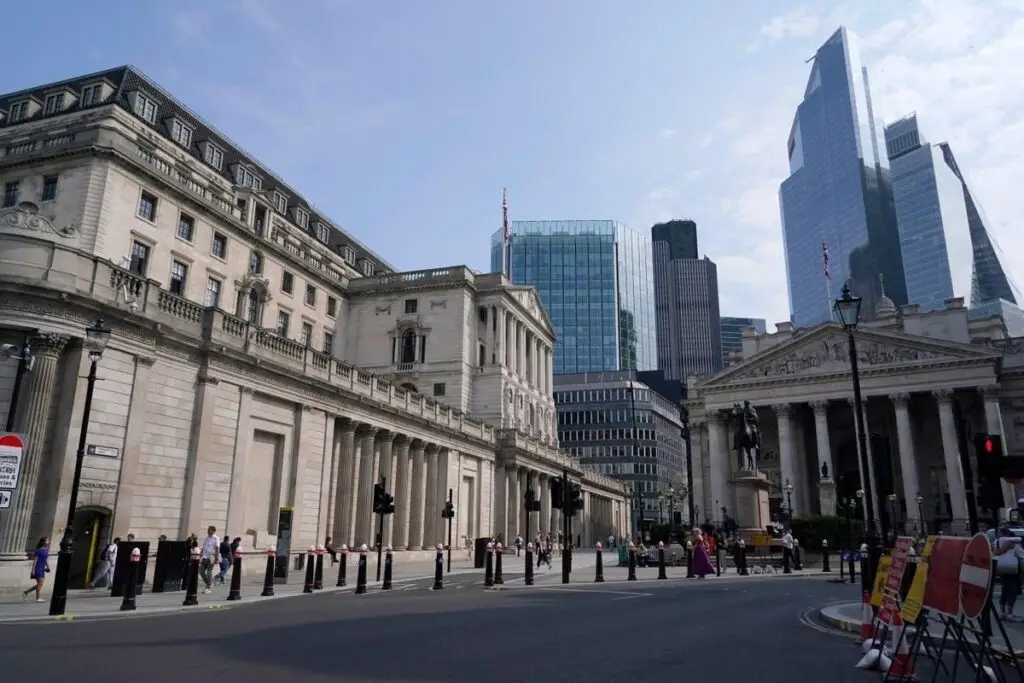The Bank of England surprised many by holding interest rates steady despite rate cuts from both the US Federal Reserve and the European Central Bank. With inflation still a concern, the Bank has opted for a cautious approach. Borrowers will have to wait until November for potential rate relief, as Governor Andrew Bailey emphasises the need for a gradual path.
The Monetary Policy Committee (MPC) of the Bank of England has decided to keep interest rates at 5 per cent. Governor Andrew Bailey made it clear that the MPC will not be influenced by the decisions of other central banks, such as the US Federal Reserve or the European Central Bank. Maintaining low inflation is crucial to avoid a repeat of the economic difficulties experienced last year.
The MPC has published three scenarios to address future economic conditions. The first scenario, which is the most optimistic, expects inflationary pressures to ease as the global shocks from the pandemic and the war in Ukraine subside. The second scenario suggests that lower growth and higher rates will persist for a longer period to combat inflation.
Although this surge was not unexpected, having inflation consistently above 5 per cent is problematic. The MPC is particularly concerned about rising wage pressures, even though some moderation has been noted recently.
The upcoming Budget from Chancellor Rachel Reeves is anticipated to have significant implications for the economy. She aims to position the government as pro-growth but acknowledges that the Budget will be painful for many due to the current public finance situation. The Bank of England is likely to take a measured approach in its response.
It is expected that a rate cut of a quarter-point might be decided during the next meeting in November.
Property website Rightmove predicts that some lenders might reduce mortgage rates before Christmas to boost the housing market.
Despite some projections from City analysts suggesting multiple rate cuts by year’s end, this view is not universally shared. Finishing the year with rates at 4.75 per cent is deemed more likely by some experts. Monetary policy at this level remains restrictive, ensuring that the economic outlook going into 2025 remains challenging.
In summary, the Bank of England’s decision to hold rates reflects its cautious approach amidst ongoing economic uncertainties. Borrowers can expect some relief by November, but significant challenges remain on the horizon.
The Bank of England’s cautious stance aims to maintain economic stability amid persistent inflationary pressures. Although borrowers may find some relief in November, the path ahead remains fraught with challenges. A measured approach seems to be the guiding principle as the MPC navigates these turbulent economic waters.


